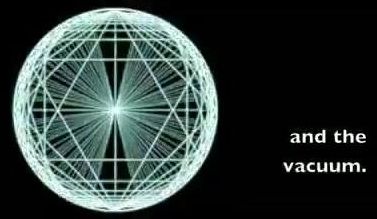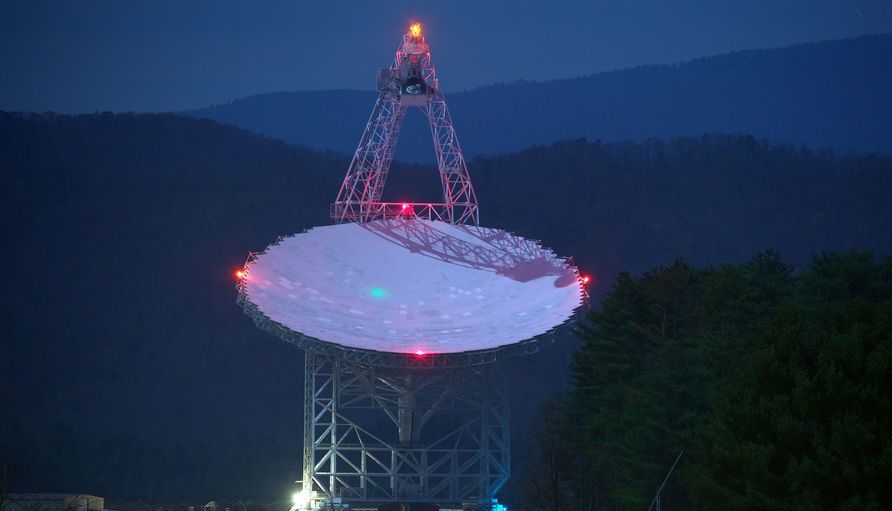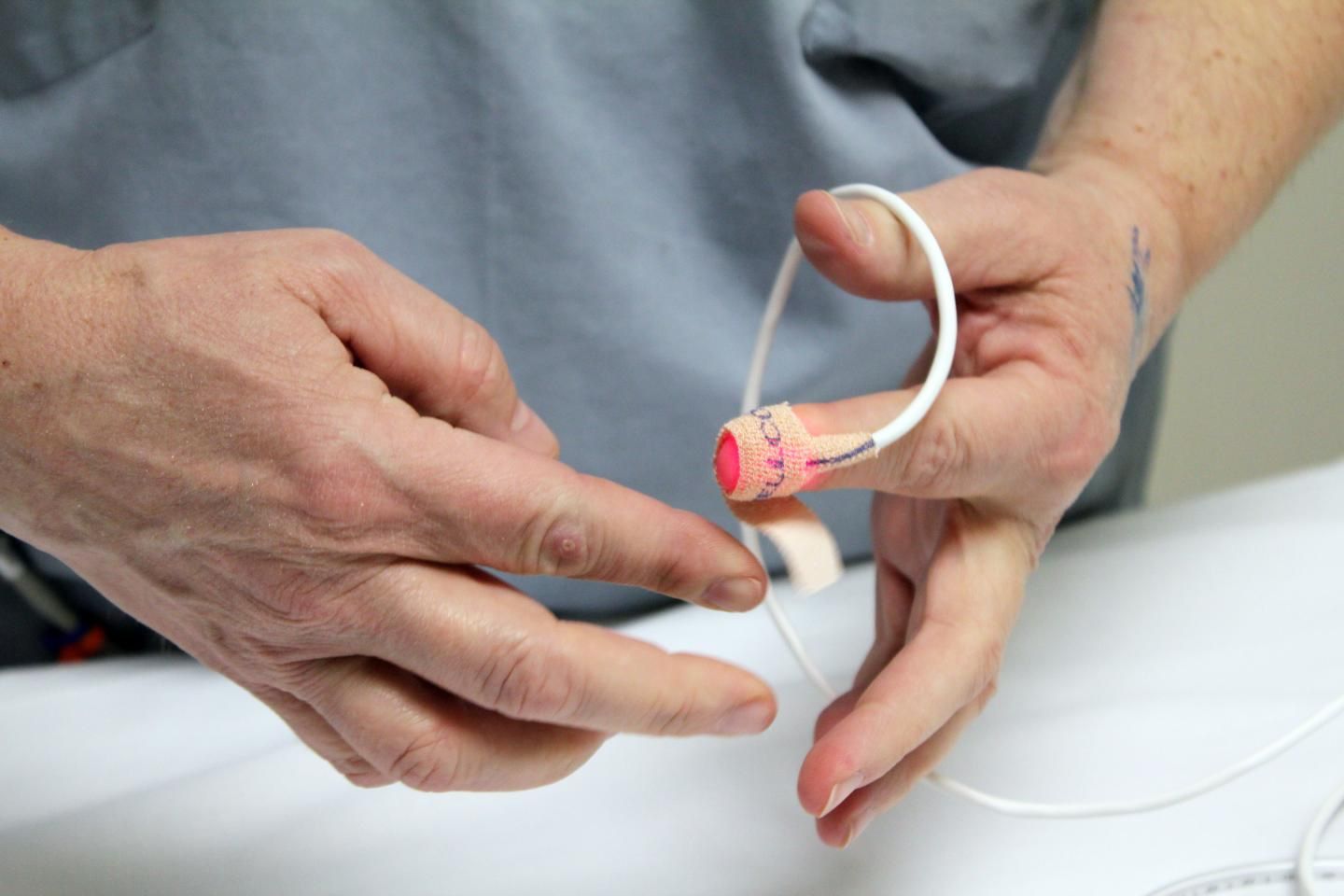Page 10775
Oct 14, 2015
Watch: This is the world’s lightest metal
Posted by Shailesh Prasad in category: materials
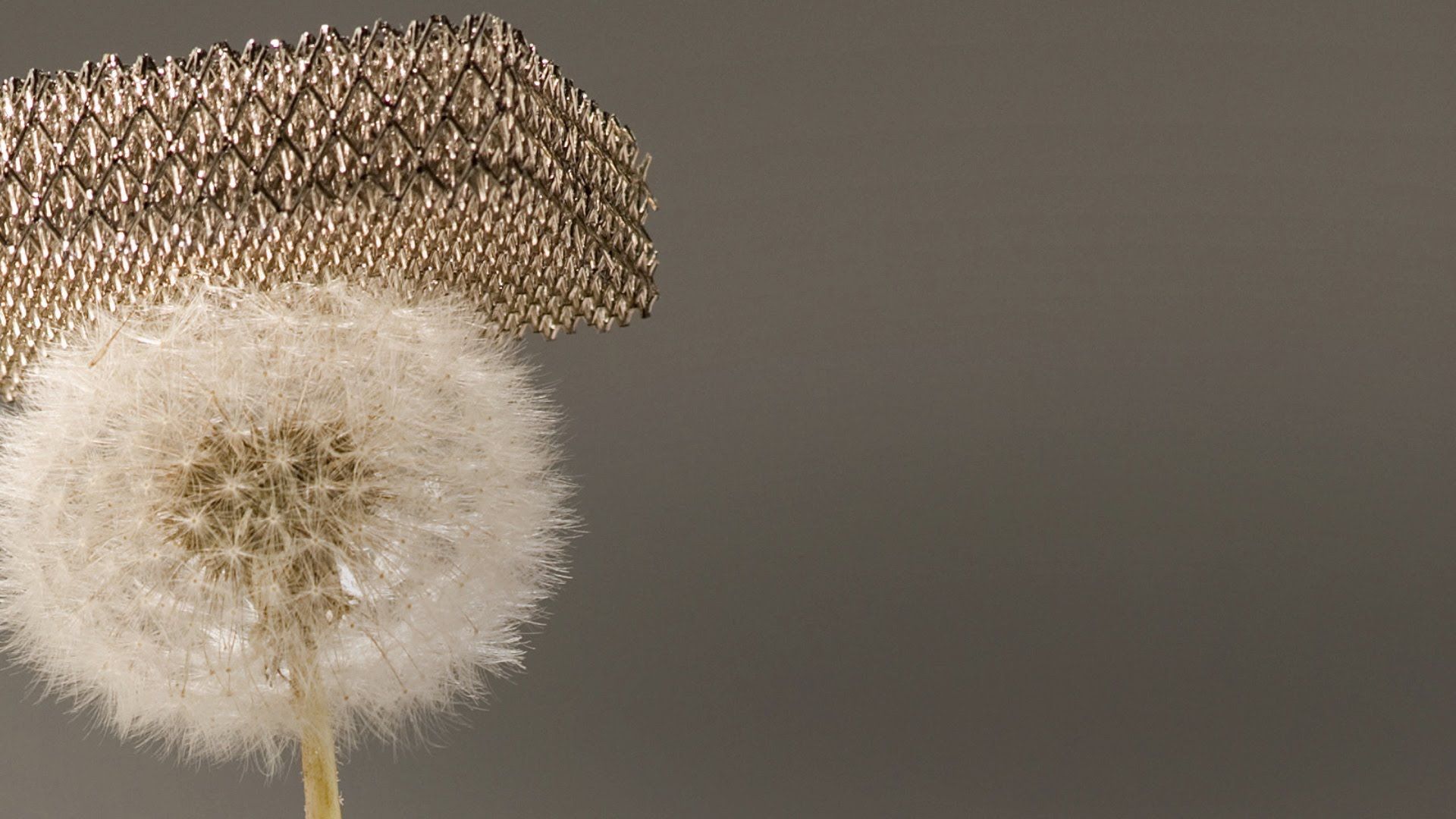
A few years ago, researchers created the world’s lightest metal for Boeing, and now the airline has shown it off for the first time in this new video. Called microlattice, the material is 100 times lighter than styrofoam but is as rigid as metal, which means that it has some pretty exciting applications — not limited to being able to balance on top of a dandelion.
Microlattice was inspired by the structure of our bones, which are very rigid on the outside but mostly hollow on the inside, which means they can’t be easily crushed, but are lightweight enough for us to carry around all day. The new Boeing metal mimics this, and despite its rigid exterior, it has a 3D open-cellular polymer structure, which means its structure is 99.99 percent air.
Continue reading “Watch: This is the world’s lightest metal” »
Oct 14, 2015
‘Back to the Future’ billboards can show 3D WITHOUT glasses
Posted by Shailesh Prasad in category: futurism
Researchers claim to have cracked the problem of creating giant displays that can show images in 3D without the need for glasses.
Austrian researchers have developed a laser system that sends different images to each eye — and say it could lead to New York’s Times Square having its first 3D ads.
It would mean the 3D billboards seen in Back to the Future II, set in 2015, could finally become a reality.
Oct 14, 2015
Scientists Can Now Predict Intelligence From Brain Activity
Posted by Shailesh Prasad in category: neuroscience
Oct 14, 2015
Could These Weird Space Objects Be the First Proof of Intelligent Aliens?
Posted by Sean Brazell in category: alien life
“this is the kind of alien megastructure we’ve always suspected could be around distant stars, true indications of an advanced alien species. It’s a tantalizing possibility, and one the Berkeley SETI team are drafting up the proposal to follow-up on.”
Oh, you know the rest.
Oct 14, 2015
If it works, this could power everything
Posted by Sean Brazell in category: nuclear energy
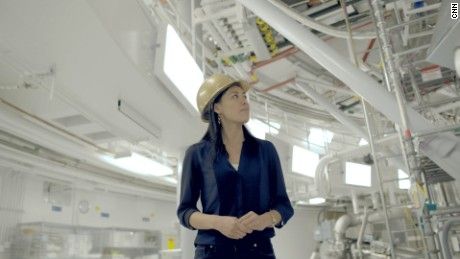
The sun powers itself through nuclear fusion. CNN’s Rachel Crane explores whether we could power everything on Earth the same way.
Oct 14, 2015
Nick Bostrom sets out threats from future technologies at UN meeting
Posted by Amnon H. Eden in categories: education, materials, robotics/AI, security
Professor Nick Bostrom briefed political representatives from around the world on the national and international security risks posed by artificial intelligence and other future technologies at a UN event last week.
Professor Bostrom, Director of the Future of Humanity Institute, Oxford Martin School, was invited to speak at a special side event examining the challenges posed by chemical, biological, radiological and nuclear (CBRN) materials and weapons, held during the UN’s 2015 General Assembly meeting.
The event was organised by Georgia’s UN representatives, in collaboration with the United Nations Interregional Crime and Justice Research Institute (UNICRI), with the aim of understanding the implications of new technologies, ensuring responsible development and mitigating against misuse.
Oct 14, 2015
Alaska mulls extra oil drilling to cope with climate change
Posted by Amnon H. Eden in category: sustainability
The logic is flawless:
“Expanding the search for oil is necessary to pay for the damage caused by climate change, the Governor of Alaska has told the BBC”
The state is suffering significant climate impacts from rising seas forcing the relocation of remote villages.
Continue reading “Alaska mulls extra oil drilling to cope with climate change” »
Oct 14, 2015
Japanese researchers invent a throwable ‘Droideka’ drone
Posted by Shailesh Prasad in categories: military, robotics/AI
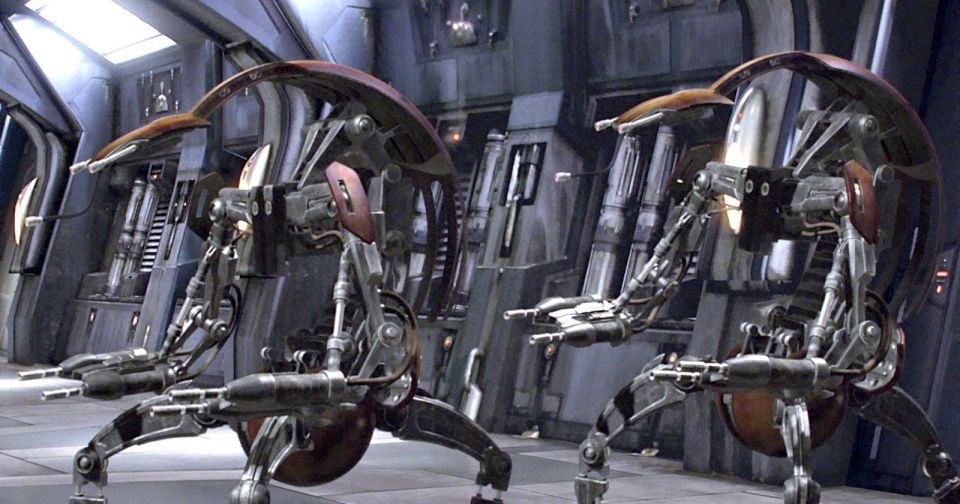
A team of researchers from Japan’s Chiba Institute of Technology recently presented a novel robot design at the IEEE/RSJ International Conference on Intelligent Robots and Systems. It can be thrown like the Explorer camera sphere, but after it stops rolling, this nimble quadruped unfurls mechanical legs to skitter the rest of the way to its destination — basically the same idea as Star Wars’ Droideka, just without the laser cannons (yet).
The robot is called the QRoSS. The second iteration, shown above, employs a 30 cm protective shell. It uses this shell mostly as a passive shock absorber, akin to a robotic roll cage. And since the legs operate independently from the outer structure, the robot can easily navigate rough and uneven terrain at speeds reaching 0.1 meter per second without fear of falling over. Even if it does, the cage will take the brunt of the damage, not the delicate machinery inside. This setup therefore could be employed in emergencies by first responders to scout ahead of rescue teams operating in damaged or structurally unsound buildings.
Oct 14, 2015
New Portable Device Counts White Blood Cells Through the Skin
Posted by Shailesh Prasad in categories: bioengineering, biotech/medical, electronics, information science
Madrid, Spain (Scicasts) — A novel way to count white blood cells without a blood test, simply by applying a small device on the fingertip, is being developed by a team of young bioengineers.
The technology, that combines an optical sensor with algorithms, has already three prototypes on the go and is specially designed to be used on chemotherapy patients, who could know their immune system levels in real time. It could also serve to detect serious infections.
A group of young bioengineers from various countries, including Spaniard Carlos Castro, is developing a portable device capable of counting white blood cells in real time, without requiring a blood test. The system includes an innovative optics sensor through the skin that can observe white cells as they flow past a miniature lens. This new device could be applied to improve the treatment of patients who are left immunosuppressed after chemotherapy treatments and to prevent sepsis.
